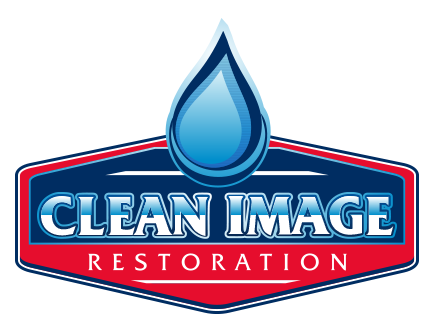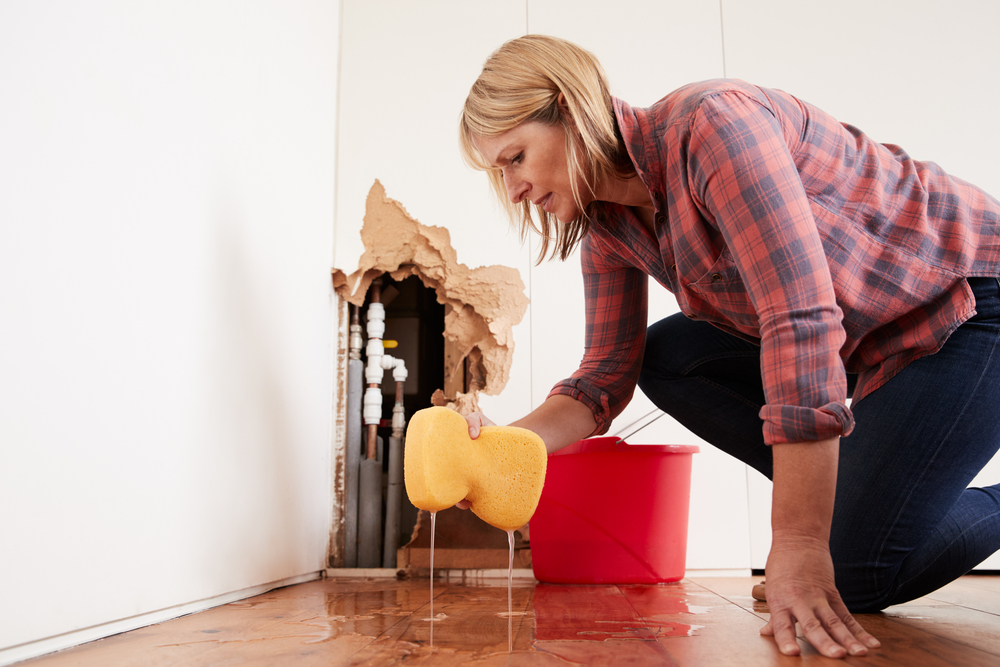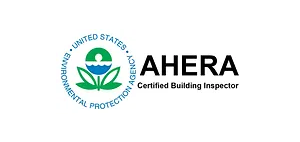As a homeowner in Kennewick, WA or surrounding areas, you should be aware of the steps you need to take when filing a water damage claim with your homeowners’ insurance. Water damage claims are among the most common claims filed with homeowners’ insurance policies, and can often be difficult to file without proper knowledge and preparation. Here’s a comprehensive guide on how to file a successful water damage claim with your insurance provider.
Contact Your Insurance Company
When you discover water damage in your home, the first thing you should do is contact your insurance company as quickly as possible. You will need to provide evidence of the damage, such as photographs or videos, to accurately assess the damage. A meeting should then take place with an adjuster to inspect the damage and assess whether the damage is covered under your policy. It is crucial that you keep a detailed record of your interactions with adjusters, including any questions they may ask, to ensure you have an accurate representation of what happened and was said.
It’s also important to relocate any belongings in the affected area until the insurance inspection is completed. This will protect against further damage and reduce the cost of repairs. Additionally, if you hire a contractor for temporary repairs, be sure to save all receipts as this will form part of your total settlement agreement.
Document the Damage
Once you have contacted your insurance company, the next step is to document the damage as thoroughly as possible. Photographing or videotaping any water damage and damaged items will assist your insurance provider when filing a claim. In addition, providing them with an updated home inventory should help them accurately value all your belongings prior to flooding.
If the damage was caused by leaky appliances such as water heaters or washing machines, keep records detailing when and how long the device has been leaking for. This will give your insurance provider an accurate picture of whether or not your problem constitutes a covered loss.
As soon as damage occurs, it’s advisable to have a plumber inspect the area and take photos or video footage of its severity. Furthermore, drying-up areas where there may be water or mold accumulation could help avoid further destruction to floors, walls and baseboards.
Schedule an Inspection
Once the damage has been documented, it’s time to schedule an inspection with your insurance provider. An adjuster will come and inspect your property, assess the damage, and provide you with a written estimate of how much money it will cost to repair the property. They may ask questions regarding its cause and timing so as to accurately calculate repair costs.
If any temporary repairs have been completed on your property, make sure to keep receipts for these works so you can submit them as invoices to your insurance provider and seek reimbursement from them.
If you are concerned about hidden water damage when purchasing a home, professional inspectors can perform an inspection to detect leaks or any other problems which might not be immediately visible to the naked eye. They have experience detecting problems which are otherwise undetectable by eye.
Make a Claim
Once the inspection is complete, it’s time to make a claim. Contact your insurer immediately and provide them with all the necessary documentation, including photographs, videos, and a detailed list of items needing repairs. This will enable you to successfully establish what occurred during a claim investigation.
It’s important to note that not all types of water damage are covered under your homeowner’s policy. If it involves flood water damage specifically, an additional policy will likely need to be purchased to cover that type of loss.
In general, the claims process should go smoothly, and you should be reimbursed for any costs of damage sustained to your property. However, you should continue checking with your insurer regularly throughout this process to ensure everything is handled in an expedient manner.
Mold can also be a serious concern after water damage. Mold growth can cause health problems and structural damage to your home, which can be expensive to repair. Insurance companies may charge higher premiums for homes that have a history of water damage and mold, so it’s important to take immediate action to prevent mold growth after water damage occurs.
Mold can increase your insurance rates. Many insurance companies utilize a database called Comprehensive Loss Underwriting Exchange (CLUE) to calculate how much they should charge you for their policies. This is why it’s essential to file a water damage claim as soon as possible.
To prevent mold growth, make sure to dry out the affected area as soon as possible. If you have standing water, remove it using a pump or wet/dry vacuum. Open windows and doors to increase air circulation, and use fans and dehumidifiers to help dry out the space.
It’s also important to remove any wet or damp materials, such as carpet, drywall, or insulation, as they can harbor mold growth. If you’re unsure whether something is salvageable, it’s best to err on the side of caution and remove it.
In addition to preventing mold growth, taking these steps can also help reduce the cost of repairs and minimize the damage to your home. It’s important to act quickly after water damage occurs to prevent further damage and protect your home.
In conclusion, filing a water damage claim with your homeowners’ insurance can be a daunting process, but it’s important to take the necessary steps to protect your home and ensure you receive the compensation you’re entitled to. By contacting your insurance company as soon as possible, documenting the damage, scheduling an inspection, and making a claim, you can ensure that your claim is processed quickly and efficiently. Additionally, taking steps to prevent mold growth can help minimize the damage to your home and reduce the cost of repairs.
Additionally, you can also seek assistance from relevant agencies such as National Flood Insurance Program (NFIP) to learn more about water damage restoration and insurance claims.
At Clean Image Restoration, we understand how stressful water damage can be for homeowners. That’s why we offer fast and reliable water damage restoration services in Kennewick, WA and the surrounding areas. Our team of experienced professionals uses state-of-the-art equipment and techniques to quickly and effectively remove water and dry out your home. We also offer mold remediation services to help prevent mold growth and protect your health. Contact us today to learn more about our services and how we can help you recover from water damage.






